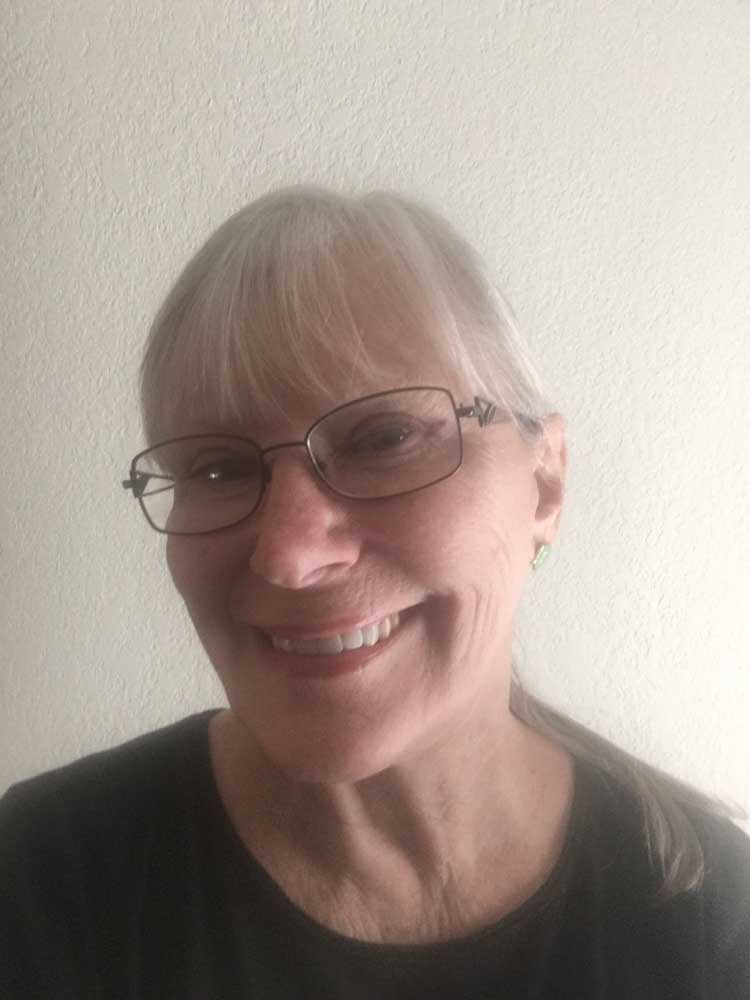Column: Addiction and rehabilitation
Published 11:30 am Monday, February 5, 2024

- Linda Levinson
Which comes first, addiction or rehabilitation? It’s a silly question, I know.
Addiction first, then rehab, then relapse, then addiction, then rehab, etc.. It’s a a vicious circle that never changes. That’s the answer unfortunately. I’m still involved with two rehab facilities out of state and will reference some residents there and their stories.
One facility is just for men and the other is just for women. The majority are court ordered, often for people just released from prison. Many have been in prison for years. Most all were drug-related offenses that ended with bad consequences like losing their children, stabbings, robberies, sexual offenses and more.
I have never known one person there who chose rehabilitation. If they were not there because it was ordered by the court, then they were there because of family intervention. So right from the beginning there is an uphill battle for treatment.
An interesting rumor that has been around for years suggested that if in court for a drug offense the judge would give you the option of 28 days in jail or 30 days in a rehab facility. Insurance companies jumped on this and 30-day rehabs became quite popular. No data or any evidence was presented on whether that worked or not, just a shoot-from-the-hip approach.
However there is no limit on most insurance companies on how many times they will pay for rehabilitation. And without sober living when discharged, relapse rate is high. Even with sober living, if you relapse there you are asked to leave — which usually sends yo to the street. So the cycle continues.
Jane’s story
This is “Jane’s” story. Jane is in her middle thirties. She is addicted to alcohol, meth and whatever else she can find. She is not homeless yet as she has five children and has supported housing. She was raised by parents who were not addicted.
Jane got in with the wrong crowd and started using marijuana at 13. a story I’ve heard so many times. She then went on to a variety of hard drugs. As a result, she became disinhibited like anyone else who uses drugs or has alcohol use disorder. In other words, Jane drinks too much alcohol.
Jane did not think of or cared about using birth control, so here she is with five children. She cared only about using. That dominated her life. She was unable unable to care for her children, so she was once again was arrested for child neglect. This is her sixth time in rehab for the same offense. Usually she returns to rehab pregnant or has another child.
I asked her what was different this time. She replied: “I want my children back. They should not have taken them. Wasn’t right.“
I asked her if using drugs was a problem and that’s why her children were taken. She replied with a definite: “No!” So you can see she has no interest in staying sober.
Her children are in foster care now and it’s doubtful she will ever get them back. The sad thing is that some or all may have alcohol fetal syndrome. That means their life will be impacted both mentally and physically.
Without mandated sober living following up and Alcoholics Anonymous that is free, I don’t see anything changing for Jane or for people like her. Case management as part of sober living is even better, but there are few sober living facilities in our county.
Nearly every woman in the rehab facility where I spend time has children. Those children are innocent victims.
Jane is just one of many stories, but many are similar. The U.S. spends $532 billion a year and this is the results we get. A vicious circle with no end in sight Do the same thing and get the same results.
Oregon is a prime example. The state has more addicts and overdoses, despite opening rehabilitation facilities at taxpayer expense that no one wants to go to.
It’s time for a change to evidence-based rehabilitation time and techniques and the public’s demand that we follow those rules.






